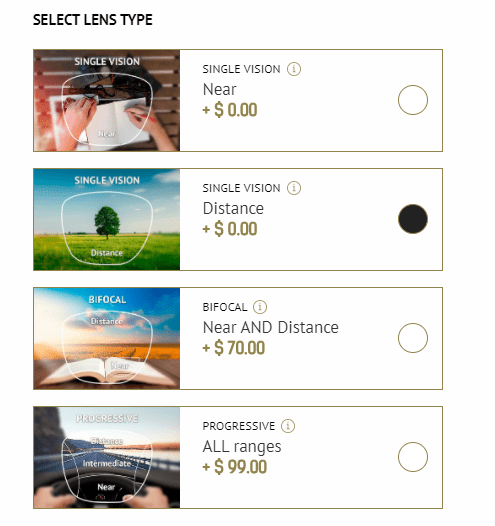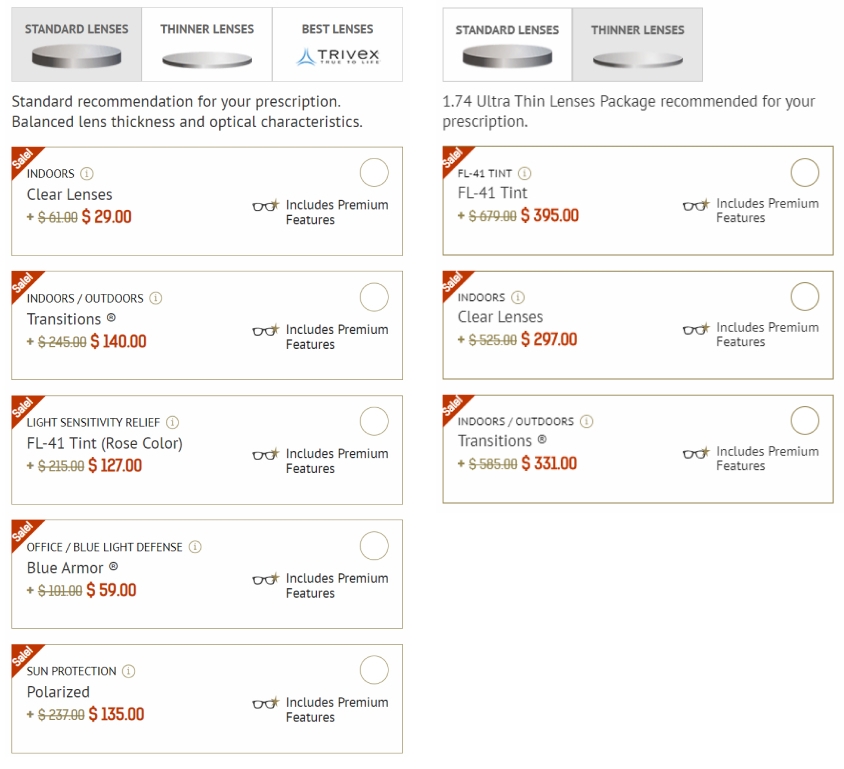How much do prescription glasses cost
What Factors Affect The Cost Of Eyeglasses?
Vision Service Plan (VSP) is a vision care provider that serves several countries. According to VSP, the average cost of glasses without vision insurance is $356. That includes both the frame and lenses. There are many variables that can affect this cost. These include lens type, lens material, lens coating and frame style. The quality of materials, location of the manufacture and delivery speed also affects cost. For example, glasses made in the United States usually cost more than those made in China and most retailers will also charge you a fee if you need your glasses fast.
Lens Type
The first variable in lens cost is the lens design required to meet the patient’s visual needs. This will depend on your glasses prescription. Options include single vision, bifocal or progressive lenses. Single vision lenses ($29-149) allow for one point of focus. This is usually distance, near or intermediate (computer).
Multifocal lenses include bifocals or progressives. Bifocals ($105) allow for two points of focus, usually in the form of distance in the top and near in the bottom. A visible line separates the top and bottom of the lens. Progressive lenses ($260) allow for infinite points of foci from distance to near. These don’t have any visible line in them.
At Overnight Glasses, you can see how the price varies based on lens design below.

Lens Material
- In addition to the various lens designs, a variety of lens materials are available. The standard lens material is conventional plastic ($29-149). This is often referred to as CR-39 for Columbia Resin #39. While this material is certainly cost-effective, it is not impact-resistant.
- Another limitation of conventional plastic is its thickness and weight. This is especially problematic with higher glasses prescriptions. High index plastic ($150-350) options offer thinner and lighter lenses. This makes for better comfort and cosmesis.
- For children or those at risk of eye injuries, impact resistance is of utmost importance. Polycarbonate ($9-205) and Trivex ($200-400)are two options that fall into this category. These lens materials are also thinner and lighter than conventional plastic. You can see below how this affects the cost of lenses at Overnight Glasses.

Lens Coatings
- Some people may opt for lenses that turn dark when they go outside, called Transitions ($50-150). These glasses provide complete ultraviolet protection to the eyes. They can be very convenient, avoiding the need to carry around an extra pair of sunglasses. When indoors, the lenses are clear. When outdoors, they turn a shade of brown or gray, protecting the eyes from brightness.
- Some may still choose to purchase a separate pair of prescription sunglasses. In these, you may want to consider polarization ($100-150). It helps with debilitating glare, easing eyestrain and improving visual comfort and quality.
- Some people may opt for features that improve visual comfort indoors. FL-41 is a coating to improve light sensitivity.
- Blue Armor protects the eyes against blue light ($30-180). Blue light is emitted by electronic devices and can interfere with our sleep cycle. By using blue-blocking lenses, we can cut the impact of device use before bed on our ability to get good sleep.
- The presence or absence of an anti-reflective coating ($50-$100) affects lens cost. An uncoated lens is much cheaper than one with an anti-reflective coating. However, not having this coating on a lens causes many issues, both functional and cosmetic. Without it, reflections interfere with visual quality, causing glare and eyestrain. An uncoated lens also affects one’s appearance, especially in pictures. Reflections interfere with the ability to see someone’s eyes through their glasses. A quality anti-glare coating solves all these issues.
Below, you can see how "standard" and "thinner" lens features affect the price of prescription glasses.

Frame Material
Now that we’ve covered all the lens variations, let’s look at how the frame variables can affect the cost of glasses. There are three main types of frames: metal, plastic and rimless. One should consider style, weight and allergies when choosing what’s best suited for them. Frames vary widely in price, from $8 to upwards of $1000, depending on material, quality and brand.
- Most metal frames are made of a nickel alloy. Some people are allergic to nickel, so these frames may cause them to develop a reaction. There are various other metal options as well. These are aluminum, stainless steel, titanium, zinc, copper, beryllium, gold and silver .Titanium frames are strong, lightweight, corrosion-resistant and hypoallergenic. Beryllium frames are lightweight, strong, flexible, corrosion-resistant and cost-effective. Stainless steel and aluminum frames are strong and corrosion-resistant. The downside is that they are not as lightweight as titanium and beryllium.
- Some people prefer to go with a plastic frame for style. They may run cheaper than metal, depending on the design. Yet, plastic frames are prone to fading and breaking with time. They can sometimes be trickier to adjust as well. Many plastic frames, as well as some metal frames, are made by designers. A Gucci frame will certainly cost you more than its non-designer counterpart.
- If you want a minimalist frame, rimless glasses are a fantastic option. They are incredibly lightweight and comfortable. The lenses used in these frames should be impact-resistant. This is because they have to be drilled into when attaching them to the frame. This could affect lens cost but for some people the legerity is well worth it.
There are also semi-rimless options. These provide the structure of a metal frame with slightly less weight than a full frame.
Everybody’s wants and needs are different when it comes to their glasses. Knowing your options and what they’re worth to you can help you budget for that perfect pair of glasses.
